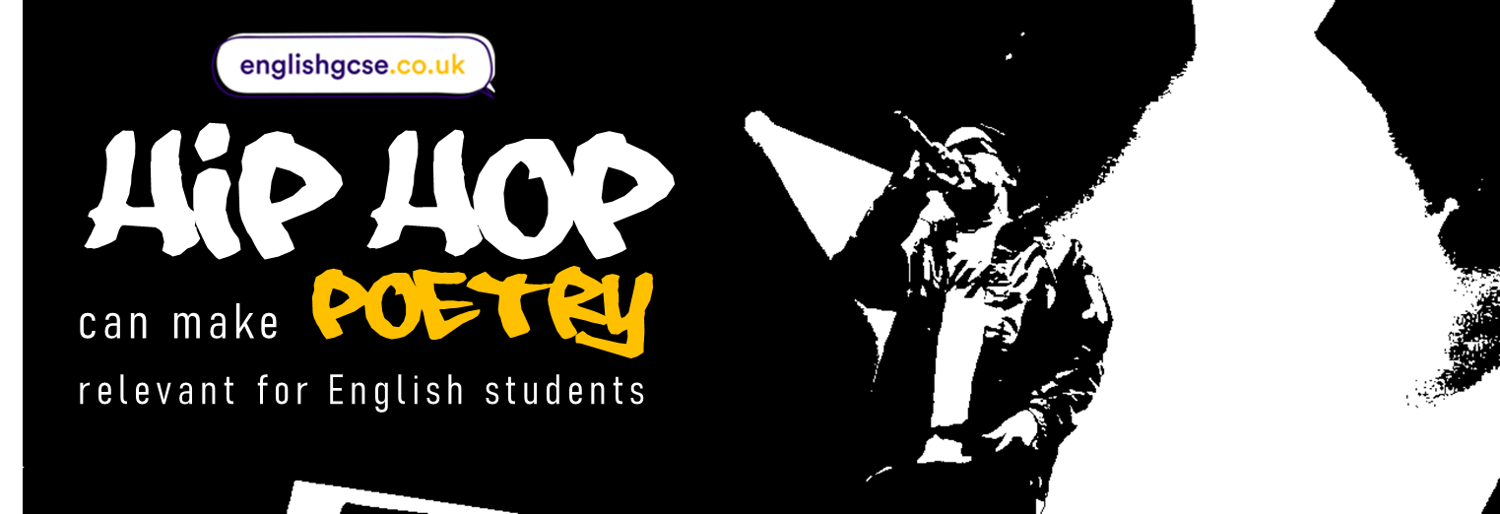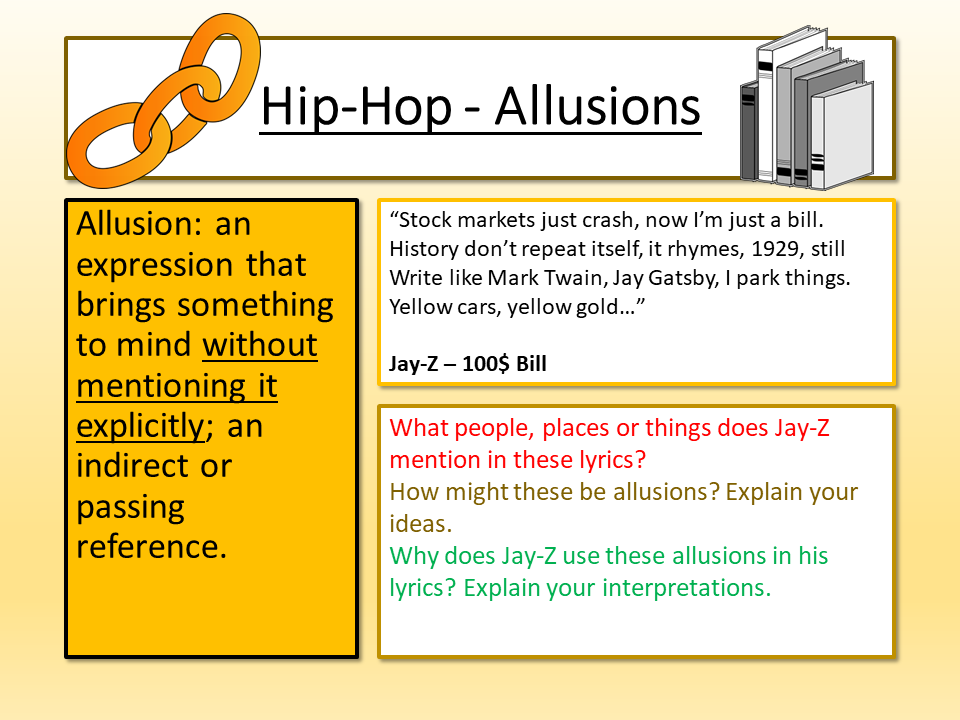Teaching poetry can be challenging given how the art form is seen as irrelevant and old-fashioned for many young people, but poetry still permeates every aspect of the modern world, including through our music listening habits.
Hip-hop is one of the most popular genres of music in the world. Around 26% of people worldwide listen to hip hop, that's 1.85 billion people. It is the most popular genre of music in the UK and one third of Americans listen to rap or hip-hop.
In other words, there's a very good chance that many of your students listen to hip-hop or one of its many offshoots, such as Grime or Drill.
Now when you're trying to teach about Lord Byron or Carol Ann Duffy - both wonderful poets, I hasten to add - students can struggle to see a connection between their own lives and the words they're reading on the page. However, they do connect to music and the lyrics of their favourite songs.
Music is so important to so many of us, and it helps forge identities during difficult teenage years where you're trying to see how you fit in to the people and the world around you.
Why then should we ignore poets like Stormzy or Kendrick Lamar in the classroom? Their words and ideas have a huge impact on how young people perceive themselves and how they see society and their place within it.
Not only that, but the lyrics contain dense language with myriad meanings, coherent structures that impact on how audiences understand the ideas contained within, different forms and types, and connotations and allusions that deserve close analysis within their social and historical contexts.
With this in mind, I decided to put together a 'hip hop club' or extra-curricular sessions that could be used to hook in students with an interest in hip-hop and music and segue into poetry and analysis, as well as providing a space to write their own lyrics and showcase their new-found understanding of language, structure and form.
The above link is to a free scheme of work document for the Hip Hop Club that I put together, containing nine lessons that cover a wide range of areas of poetry analysis and writing skills.
Hip-Hop is not simply music but it is an entire culture that has built up over many decades. The lyrics not only explore identity but a tapestry of history and context can be found within the many allusions that form a part of the genre's past. MCs will consciously link to their peers and their predecessors, or refer to cultural figures within their words and that is a fascinating way of exploring the significance of context with your students, as well as the power of allusions and connotations.
There are so many exciting opportunities to make links between modern music and poetry. Why not explore the use of vocabulary in a song like Blackalicious' Alphabet Aerobics? Look at how an artist like Eminem or Aesop Rock uses a verse-chorus structure and how they build up ideas or voices using these structures.
Using these approaches at KS3 (Grade 6, 7 and 8) is a great pathway to engaging students with poetry terminology and analysing texts that they seem as relevant to them, and hopefully will help them to build a connection to texts that once would have been seen as alien and distant to them.
Source: https://headphonesaddict.com/rap-and-hip-hop-statistics/










